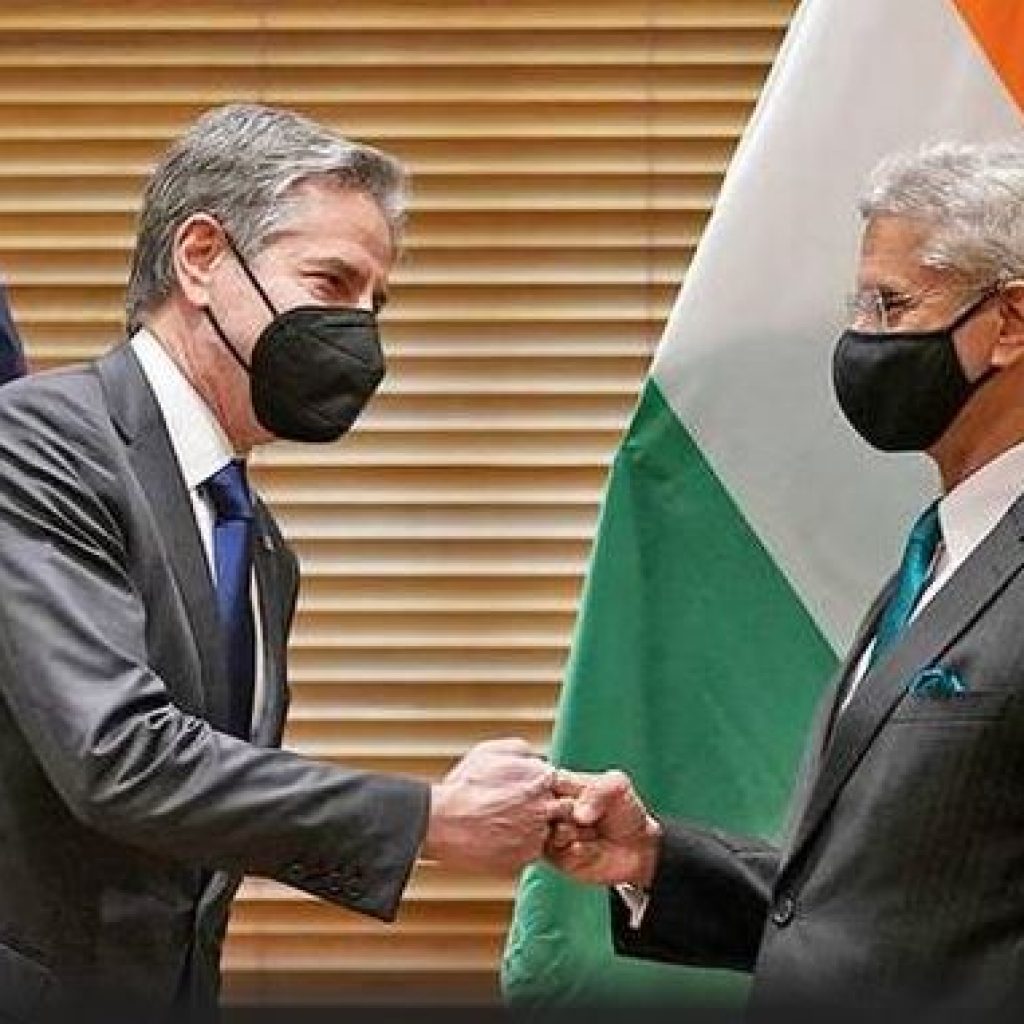Collective action key to new U.S. Indo-Pacific strategy
Washington will ‘continue to support India’s rise and regional leadership’, says document

The Biden administration announced its long-awaited Indo-Pacific strategy on Friday. The document focuses on building collective capacity to deal with challenges in the region — China’s assertiveness, the pandemic and climate change, among others.
The policies set out in the document have continuity with previous administrations’ strategies. These include a focus on challenges from China, advancing the U.S. relationship, a ‘Major Defense Partnership’ with India and supporting its role as a net security provider in the region. There is an emphasis on working with other countries not just from the region, but also from beyond.
Speaking to reporters on Friday a senior administration official, who did not want to be named, said that India’s role in the Quad was an important element of the U.S.-India relationship, and a means to “speak frankly about issues in the region,” and to deliver together on public goods. The Quad is rolling out a plan to deliver over a billion COVID-19 vaccines to the region by the end of this year.
Responding to a question regarding India’s enthusiasm for greater alignment with the U.S., the official said China’s action along the Line of Actual Control (i.e., its border conflict with India) has had a “galvanizing impact” on India.
The strategy document says the U.S. will “continue to support India’s rise and regional leadership,” working with India bilaterally and through groups on a range of issues. It refers to India as a “like-minded partner” and “driving force” in the Quad.
The overall increasing focus of the U.S. on the region is due to its increasing challenges, especially from China, according to the strategy document.
“The PRC’s coercion and aggression spans the globe, but it is most acute in the Indo-Pacific. From the economic coercion of Australia to the conflict along the Line of Actual Control with India to the growing pressure on Taiwan and bullying of neighbours in the East and South China Seas, our allies and partners in the region bear much of the cost of the PRC’s harmful behaviour,” it says.
“We recognise the limitations in our ability to change China, and therefore, seek to shape the strategic environment around China…,” said the senior administration official who briefed reporters.
More broadly, the U.S. will seek an Indo-Pacific that is free and open, connected, prosperous, secure and resilient. On the “free” aspect — one of the strategic actions outlined is investing in civil society, a free press and democratic institutions. On the topic of “connections” within and beyond the region, the U.S. says it will work “in flexible groupings” to tackle major issues, “particularly through the Quad.” It will also deepen its (five) regional treaty alliances and work with groups such as ASEAN, the European Union (EU) and NATO.
To advance its prosperity goal for the region, the U.S.’s strategy includes seeking higher labour and environmental standards, helping to establish secure supply chains and investing in clean energy.
“Integrated deterrence” will form the “cornerstone” of the U.S.’s security plan for the region and it “will drive initiatives that reinforce deterrence and counter coercion, such as opposing efforts to alter territorial boundaries or undermine the rights of sovereign nations at sea.” The reference to territorial boundaries is, in part at least, presumably, about the actions of China along the Line of Actual Control.
The U.S. also seeks to foster ties between countries in the region and beyond, such as via AUKUS , a recently launched security alliance between Australia, the U.K. and the U.S.
On Taiwan, the document says it will work with partners inside and outside the region to maintain “peace and stability in the Taiwan Strait.” There are references to maintaining existing policies towards both Taipei and Beijing.
